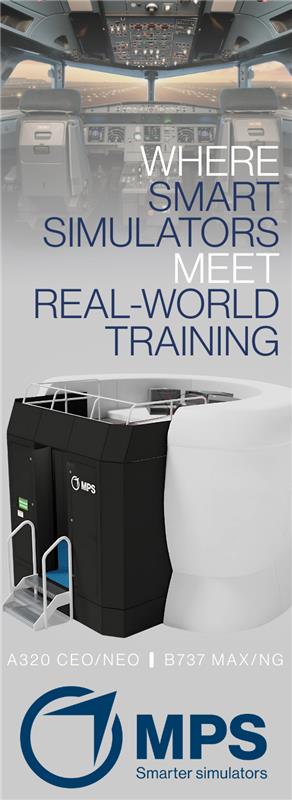Boeing releases new Pilot and Technician Outlook 2021-2040
As the commercial aviation industry navigates an uneven global recovery from the recent market downturn caused by COVID-19effective training and an adequate supply of personnel remain critical to maintaining the health, safety and prosperity of the aviation ecosystem.
Long-term demand for newly qualified aviation personnel remains strong, as 612,000 new pilots, 626,000 new maintenance technicians and 886,000 new cabin crew members are needed to fly and maintain the global commercial fleet over the next 20 years.
Meeting projected pilot, aircraft mechanic and flight attendant demand is wholly dependent on industry’s investment in a steady pipeline of newly qualified personnel to replace those who have left or will soon exit the industry through mandatory retirement, early retirement, recent layoffs and furloughs, and ongoing attrition. The global aviation industry will need to keep a sharp focus and engage in collective efforts to build a robust, diverse talent pipeline through more educational outreach and recruitment, development of new pathways to aviation careers, investment in early-career learning opportunities, and deployment and adoption of more efficient learning methods. Opportunity for aspiring aviators will abound while operators will face stiff competition in recruiting and retaining top tier talent.
Those in this industry who emerge from market downturns have historically resumed their growth trajectory through collaboration, adaptation, and innovation. To address challenges created during the COVID-19 pandemic, the training industry is adopting increasingly innovative solutions. Many training providers have transitioned their offerings to online and virtual formats where possible, allowing students to continue their learning safely and remotely. Immersive technologies, adaptive learning and flexible distance learning methods have allowed the training pipeline to remain intact while evolving how training is delivered. Continued investments in these technologies will likely lead to a long-term fundamental shift in how training is conducted.
Training methodologies also continue to progress toward a holistic approach that focuses on competencies rather than prescriptive tasks. As commercial operators and training providers look toward the future, we expect to see continued investments in artificial intelligence, machine learning, and mixed reality technology that will help tomorrow’s students more quickly, efficiently, and effectively close their knowledge gaps. This will lead to a better, safer, and more efficient aviation industry.
The following is a Summary of Personnel Demand by region:
- North America needs 432,000 personnel of which 130,000 are pilots, 132, 000 are technicians, and 170,000 are cabin crew members.
- Latin America needs 126,000 personnel of which 38,000 are pilots, 37, 000 are technicians, and 51,000 are cabin crew members.
- Europe needs 405,000 personnel of which 115,000 are pilots, 112,000 are technicians, and 178,000 are cabin crew members.
- Russia and Central Asia need 83,000 personnel of which 25,000 are pilots, 25,000 are technicians, and 33,000 are cabin crew members.
- China needs 411,000 personnel of which 123,000 are pilots, 127,000 are technicians, and 161,000 are cabin crew members.
- Asia-Pacific needs 408,000 personnel of which 108,000 are pilots, 122,000 are technicians, and 178,000 are cabin crew members.
- Africa needs 63,000 personnel of which 19,000 are pilots, 20,000 are technicians, and 24,000 are cabin crew members.
Source: See Boeing Outlook here.
For more information, kindly contact Boeing.
You may also check our Terms and Conditions for our Content Policy.
You may also check our Terms and Conditions for our Content Policy.
Searching for specific information – kindly contact us to see if we can assist you.
Check out the more than 18054 relevant pilot training industry updates here.




